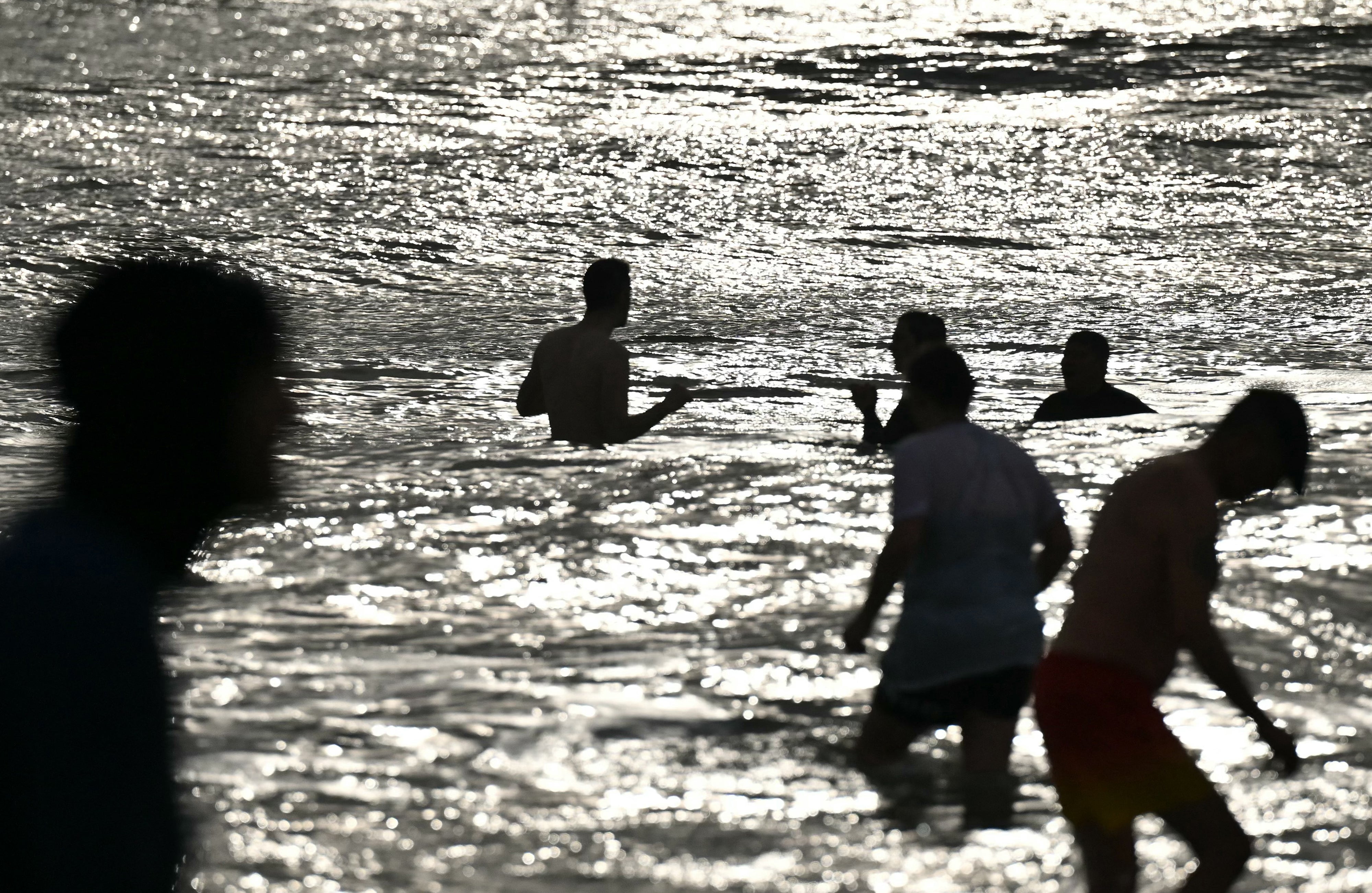Most of UK ‘swimming in sewage’, experts warn. Here’s why
Sudden downpours can lead to increased levels of harmful chemicals in water or bacteria which can have severe health consequences for swimmers
Your support helps us to tell the story
This election is still a dead heat, according to most polls. In a fight with such wafer-thin margins, we need reporters on the ground talking to the people Trump and Harris are courting. Your support allows us to keep sending journalists to the story.
The Independent is trusted by 27 million Americans from across the entire political spectrum every month. Unlike many other quality news outlets, we choose not to lock you out of our reporting and analysis with paywalls. But quality journalism must still be paid for.
Help us keep bring these critical stories to light. Your support makes all the difference.
Most of the UK’s beachgoers could be swimming in dirty waters mixed with sewage due to outdated water forecasting methods, a new study has found.
With the growing popularity of coastal and wild swimming, there are increased concerns over polluted water flowing during the rainy season.
But existing bathing water forecast models, currently in use at over 600 designated locations in the UK, are insufficient to ensure public safety, the study published in the scientific journal WIREs Water has found.
Scientists from the University of Reading and Oxford University examined existing statistical models that produce early warnings.
They found most of these methods were outdated and failed to accurately predict pollution threats resulting from sudden downpours, such as sewage overflows and agricultural run-off.
The way we manage our sewage and land means rivers and seas are frequently polluted, and heavier summer downpours due to climate change is making the problem worse at the time of year when people are most likely to be at the beach.”
The climate crisis is not just increasing rainfall but also making the patterns more erratic.
Sudden downpours or heavy rain can lead to increased levels of harmful chemicals in the water or bacteria like E coli or intestinal enterococci, which can have severe health consequences for swimmers, researchers warn.
However, the current statistical models and limited data fail to capture extreme bacteria levels.
“We expect beaches that are designated for swimming to be clean and safe, but authorities often don’t have good enough information to issue warnings, leaving swimmers and surfers more vulnerable to getting ill,” Karolina Krupska, lead author of the study from the University of Reading, said.

“The way we manage our sewage and land means rivers and seas are frequently polluted, and heavier summer downpours due to climate change is making the problem worse at the time of year when people are most likely to be at the beach.”
“With existing pollution warning systems, beach users don’t have good enough information to decide whether it is safe to go in the water,” she added.
Researchers say the science for more advanced bathing forecasting already exists, but these solutions have not been implemented yet.
To address these issues, they propose several solutions, including increased bacteria sampling during extreme weather events, utilising high-resolution rainfall predictions for localised warnings, and incorporating new machine learning forecast methods for specific locations.
“We need a more reliable and frequently updated early warning system, to ensure people can safely enjoy a coastal swim with the confidence that they aren’t putting themselves at risk.”
The scientists believe that by implementing these measures, accurate early warnings can empower people to make informed decisions about water safety, enhancing the overall protection of the UK’s bathing waters.

Join our commenting forum
Join thought-provoking conversations, follow other Independent readers and see their replies
Comments